Making wirework jewellery is a fun and creative way to express your personal style. Wirework is a type of jewellery making that involves formed wire to create designs. It is a versatile medium that can be used to create both simple and complex pieces of jewellery. In this blog post, we will explore how to make wirework jewellery, including some tips and tricks to help you get started.
What is wirework jewellery?
Wirework jewellery is created by using thin wires to form intricate designs. This type of jewellery can be very delicate and often needs to be handled with care. Wirework jewellers use a variety of tools to create their pieces, including pliers, files, and saws.
The different types of wirework jewellery
There are many different types of wirework jewellery. The most popular type is probably the wire wrapped pendant. This is where a piece of wire is wrapped around a stone or other object to create a pendant. Wire wrapped rings are also very popular. This is where a piece of wire is wrapped around a ring base to create a ring. Other popular types of wirework jewellery include wire wrapped bracelets, earrings, and necklaces.
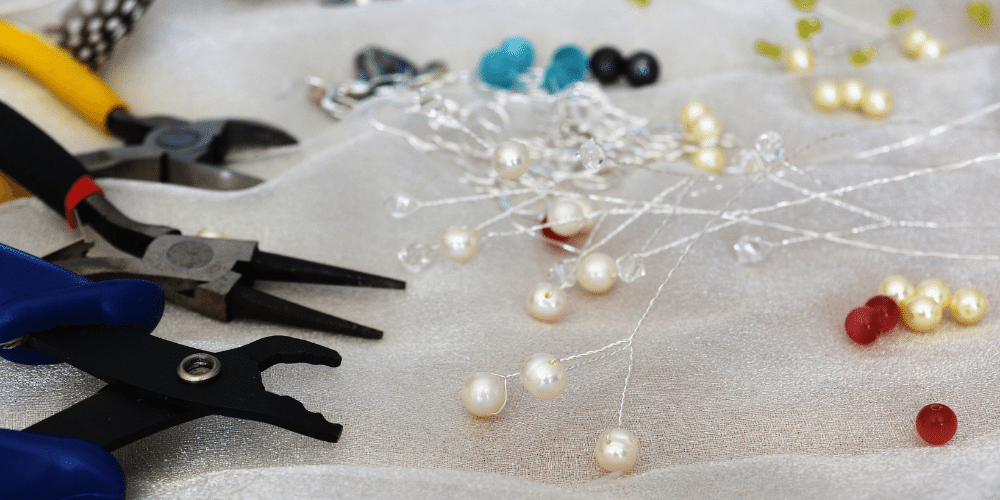
Pros and cons of wirework jewellery
There are a few things to consider before diving into the world of wirework jewellery. On the plus side, wirework is a relatively inexpensive way to get into jewellery making. All you need is some wire, some tools, and a little bit of patience and you can create beautiful pieces of jewellery. Wirework is also quite versatile – you can create all sorts of different designs using just a few basic techniques.
On the downside, wirework can be time-consuming and frustrating if you’re not patient. It takes practice to get the hang of it, and even then there’s no guarantee that your piece will turn out exactly as you envisioned it. And because wire is so thin, it can be easy to accidentally bend or break it while you’re working with it.
So, those are a few things to keep in mind when deciding whether or not to try your hand at wirework jewellery. If you’re up for the challenge, though, the rewards can be great!
How to make wirework jewellery
There are many different techniques that can be used to make wirework jewellery. In this article we will focus on three of the most popular:
1. Wrapping wire around a core: This technique is often used to create rings, bracelets and pendants. To wrap wire around a core, you will need a length of wire and a mandrel (or other circular object) that is slightly larger than the desired finished size of your piece. Begin by wrapping the wire around the mandrel to create a coil. Once you have reached the desired length, cut the wire and use pliers to twist the two ends together.
2. Wire weaving: This technique can be used to create all sorts of different designs, from simple patterns to more complex ones. To weave wire, you will need two lengths of wire and some beads (optional). Begin by threading one length of wire through the beads (if using). Then, take the second length of wire and weave it over and under the first length, as you would with a regular loom. When you reach the end, secure both wires together with pliers.
3. Bending wire: This technique is often used to create curved shapes or loops. To bend wire, you will need a length of wire and something to use as a jig (a template made from cardboard or another material). Place the jig on top of the wire and bend it into shape using pliers. Once you have reached the desired shape, cut the wire and use pliers to twist the two ends together.
Now that you know the basics of how to make wirework jewellery, it’s time to get creative and start making your own unique pieces!
Wirework jewellery recipes
Making wirework jewellery is a fun and easy way to add a personal touch to your wardrobe. With just a few simple tools and some basic knowledge of how to use them, you can create beautiful pieces that will last for years.
There are many different techniques that can be used to create wirework jewellery, but we’ve put together a few of our favourite recipes to get you started. These designs are all relatively simple and can be completed in an afternoon, so gather your supplies and give them a try!
1. Beaded Hoop Earrings: Start by creating a basic hoop shape out of thin wire. Then, string small beads onto the wire until the entire surface is covered. Finish off by closing the hoop and attaching earring findings.
2. Wire Wrapped Pendant: Begin by wrapping thin wire around a small stone or charm. Once you’ve reached the end, tuck the tail of the wire under one of the wraps to secure it in place. Finish by adding a jump ring to the top and attaching a chain.
3. Spiral Ring: This design is created by coiling thin wire around itself until it forms a ring shape. To add interest, vary the thickness of the wire as you coil or use different colours of wire in alternating layers.
4. Beaded Bracelet: String beads onto thin wire, leaving enough at either end to wrap around your wrist snugly. Finish by wrapping the wire tails around the bracelet and trimming any excess.
5. Wire Wrapped Earrings: Start by forming a small loop at the top of a thin wire. Then, wrap the wire around itself until you reach the bottom of the earring. Finish by closing the loop and adding an earring finding.
Alternatives to wirework jewellery
There are many alternatives to wirework jewellery, including beaded jewellery, metalwork jewellery, and polymer clay jewellery. Beaded jewellery can be made using a variety of techniques, including stringing, weaving, and knotting. Metalwork jewellery can be made using metals such as copper, brass, and silver. Polymer clay jewellery can be made using different colours and patterns of clay.
The benefits of wirework jewellery
Wirework jewellery has many benefits that make it a great choice for those looking for unique, handmade jewellery. Wirework is a very versatile technique that can be used to create a wide variety of designs. It is also relatively easy to learn, so even if you are new to jewellery making, you should be able to create some beautiful pieces with wirework.
One of the great things about wirework jewellery is that it can be customized to suit your own style and taste. You can use different colours and types of wire to create different looks, and you can also add beads or other embellishments to really personalize your piece. Wirework jewellery is also very lightweight, which makes it comfortable to wear, even for those with sensitive skin.
Another benefit of wirework jewellery is that it is very durable. Unlike some other types of jewellery, wirework will not tarnish or fade over time. This means that your wirework jewellery will continue to look like new, even after years of wear.
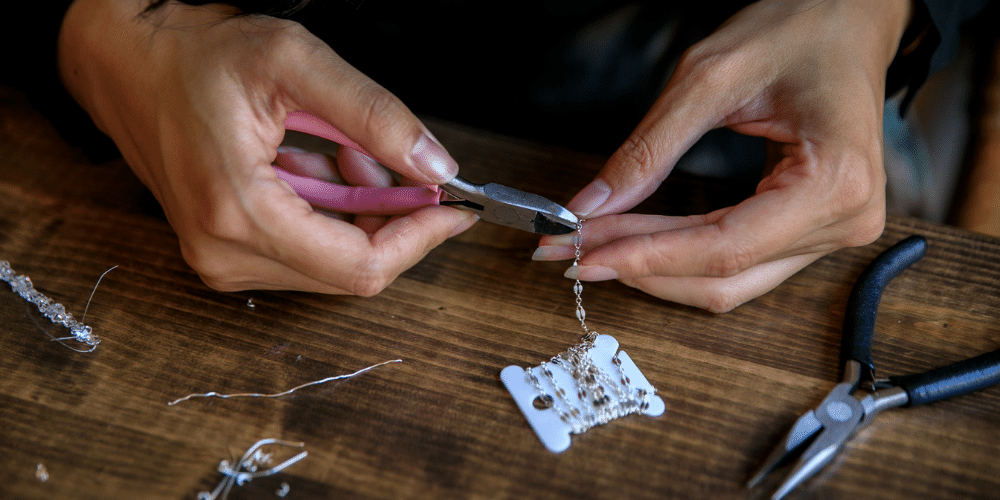
The best materials for wirework jewellery
There are a few things to consider when picking the materials for your wirework jewellery. The type of metal you choose will affect the look, feel and durability of your piece. Here are a few of the most popular metals used in wirework jewellery:
-Copper: Copper is a soft metal that’s easy to work with. It has a warm colour that can range from reddish brown to almost orange. Because it’s a softer metal, it’s not as durable as some of the other options and it may tarnish over time.
-Silver: Silver is a popular choice for wirework jewellery because it’s strong and durable. It has a bright white colour that can sometimes have a bluish tinge. Silver does require more care than some other metals, as it can tarnish if exposed to air or moisture.
-Gold: Gold is another popular choice for wirework jewellery. It’s yellow colour can vary in intensity, from a pale gold to a deep yellow. Gold is a very strong metal, making it ideal for pieces that will be worn often. Like silver, gold does require some special care to prevent tarnishing.
-Aluminum: Aluminum is a lightweight metal that’s perfect for delicate designs. It has a silver colour with a slight blue tint. Because aluminum is so lightweight, it can be easily bent and shaped into intricate designs.
Tools you will need for wirework jewellery
If you’re thinking about making wirework jewellery, there are a few tools you’ll need to get started. Here’s a quick rundown of what you’ll need:
-Wire cutters: these will be used to cut the wire to the desired length.
-Pliers: pliers are essential for bending and shaping the wire.
-Jewellery files: these will be used to smooth out any rough edges on the wire.
-A jeweller’s saw: this is optional, but it can be handy for cutting more intricate shapes out of the wire.
Wirework jewellery techniques
There are many different techniques that can be used to create wirework jewellery. Some of the most popular techniques include:
– Wrapping: This is a basic technique that involves wrapping the wire around itself or another object to create a design.
– Bending: This technique involves using pliers to bend the wire into shapes. This can be used to create simple curves or more complex designs.
– twisting: This technique involves using the pliers to twist the wire around itself. This can be used to create spirals or other decorative effects.
– Hammering: This technique involves using a hammer to flatten out sections of wire. This can be used to create texture or add interest to a design.
How to finish your wirework jewellery piece
Assuming you have already cut your wire and formed your basic shape, there are just a few steps left to complete your wirework jewellery piece.
1. First, use pliers to create a small loop at the end of one wire. This will be used to attach the jewelry findings (clasp, jump ring, etc.)
2. Next, use pliers to twist the two wires together at the top of the jewelry piece.
3. Once the wires are twisted together, use pliers to bend the sharp ends of the wire away from the body of the jewelry piece.
4. Finally, attach your desired findings (clasp, jump ring, etc.) to the loops created in step 1.
Conclusion
With a little bit of patience and practice, anyone can create beautiful wirework jewellery. By following the tips in this article, you’ll be well on your way to creating stunning pieces that are sure to impress. So get started today and see what you can create!

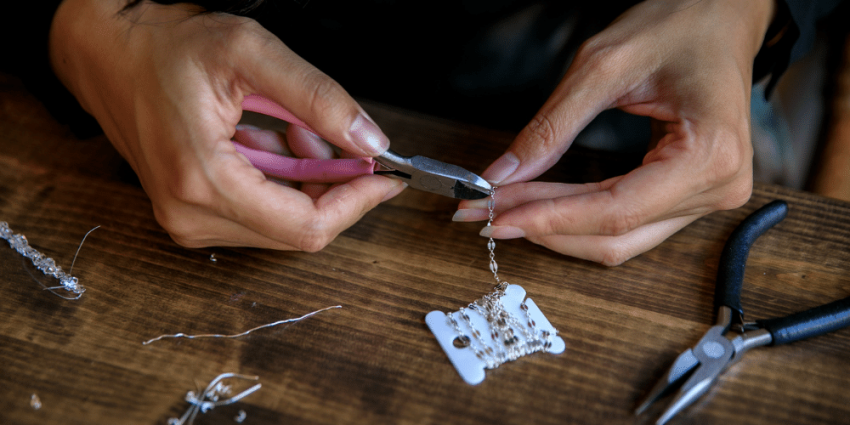



:max_bytes(150000):strip_icc()/what-to-wear-any-occasion-586193b058954424a00609d683766f34.jpg)
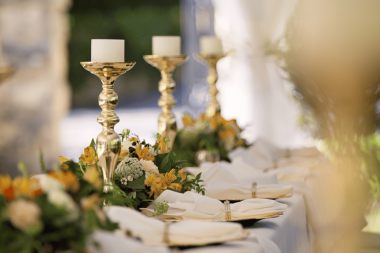

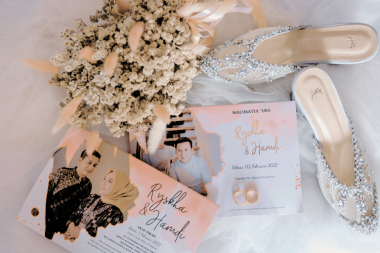
Leave a Reply